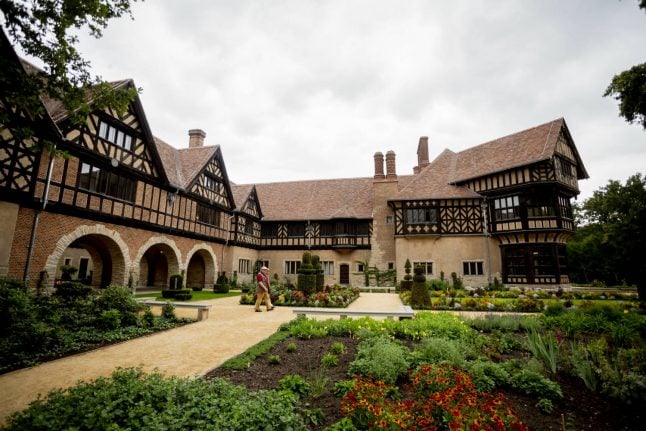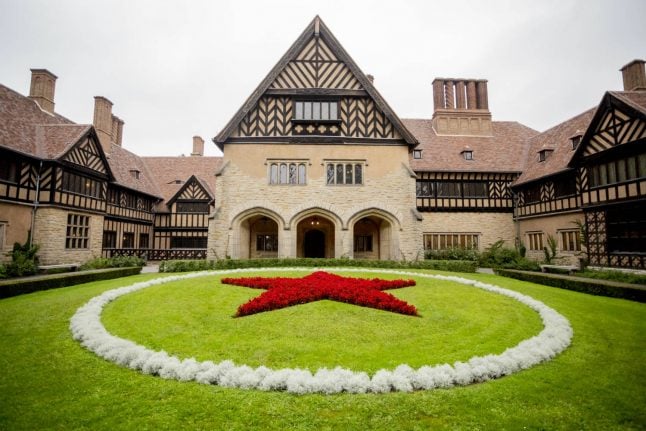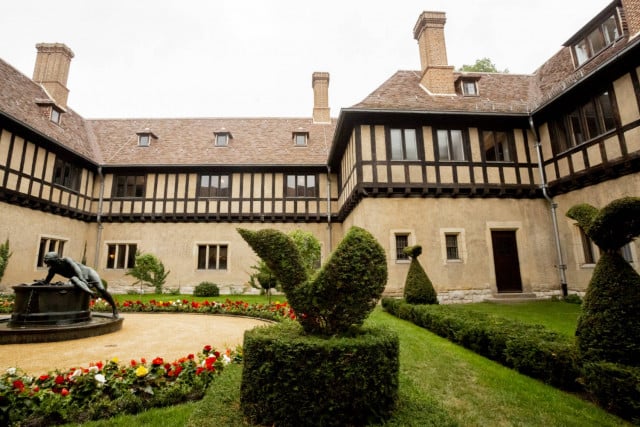Negotiations have been going on “for several years” between the Hohenzollern family, the federal government as well as the states of Berlin and Brandenburg over the aristocrats' demand for restitution, the ministry told AFP.
“The talks… are aimed at finding a lasting solution for different art and collection objects, which are valued differently by the public institutions on the one hand and the Hohenzollern House on the other hand,” said the culture ministry in a statement.
According to Der Spiegel, the Hohenzollerns are seeking the restitution of tens of thousands of paintings, sculptures, coins, books and furniture.
Further, they want a right to reside at one of several properties, including the Cecilienhof Palace, where Allied powers met after World War II to decide on Germany's future.
SEE ALSO: 10 fascinating things to see in Potsdam
The restitution negotiations were being spearheaded by Georg Friedrich Ferdinand, the great-great grandchild of Wilhelm II, the last emperor and king of Prussia, who was deposed and went into exile after Germany's defeat in World War I.
The Prussian royals were initially stripped of their properties without compensation after the monarchy was overthrown, but a deal on the monarchy's assets was later worked out between the state and the Hohenzollern under a October 29th, 1926 law.
However, Soviet occupation following World War II and subsequent communist rule in half of Berlin and in Brandenburg state led to additional expropriations, further complicating things.
“The negotiations are about legal ambiguities in the agreement, but also with legal positions that have changed as a result of the subsequent historical events, in particular the measures of the Soviet occupying power and the government of the German Democratic Republic,” said the culture ministry.
As a first step, a list of concerned objects has been drawn up, said the ministry, and concerns “less than 0.1 percent” of the collections in the Prussian Foundation of Castles and Gardens in Berlin-Brandenburg, the Prussian Cultural Foundation and the German Historical Museum.
A rapid resolution of the talks is unlikely. “At the moment, the positions of the negotiating parties are still very far apart,” said the ministry.




 Please whitelist us to continue reading.
Please whitelist us to continue reading.
Member comments